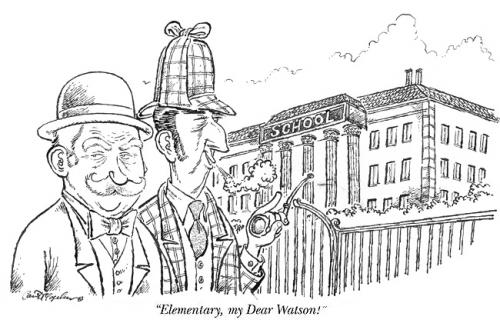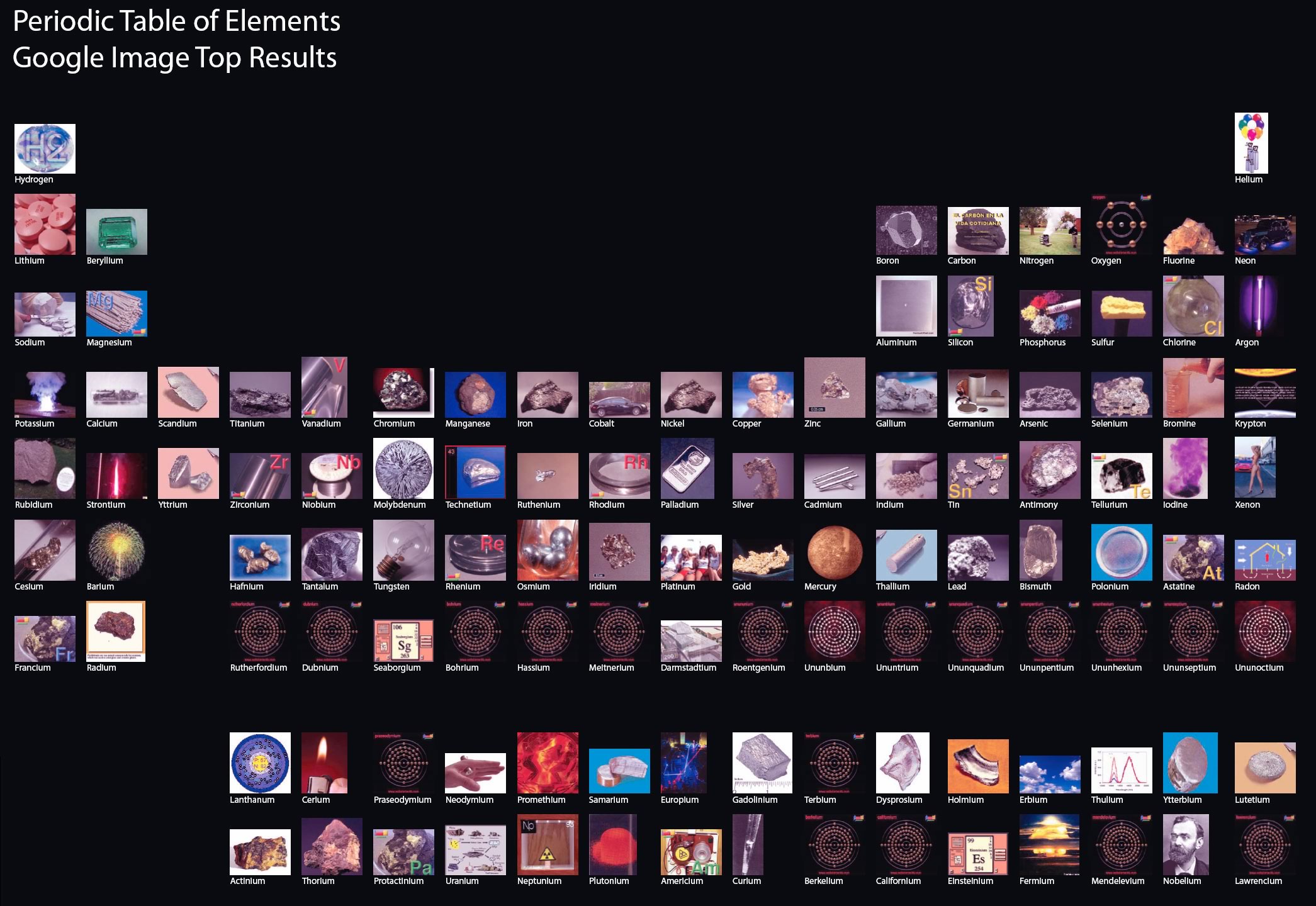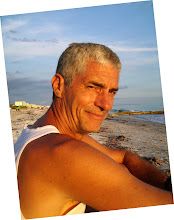 There are four (+) states of matter that we know about: solids, liquids, gases, plasma (and some other "odd" phases. Each of these states is made up of particles that move by different amounts.
There are four (+) states of matter that we know about: solids, liquids, gases, plasma (and some other "odd" phases. Each of these states is made up of particles that move by different amounts.All solids, liquids and gases are made of particles. The only difference between them is how much energy the particles have. If you give the particles energy; or take energy away from them; then you can change their state.
If you heat up a solid - you give it some energy. This causes the particles to move more and the solid to change into a liquid, or melt. If the liquid is heated then it may evaporate and turn into a gas.
Taking energy away from a gas (cooling it down) may cause it to turn into a liquid - or condense. Further cooling of the liquid may cause it to turn into a solid - or freeze.
Energy Changes
To change a solid into a gas you need to give the solid particles a lot of energy, the particles need more energy to turn from a liquid into a gas.
If you want to make a solid warmer then you give it some heat - the graph shown here describes this. The change from a solid to a liquid requires heat energy but the temperature doesn't rise. There isn't an increase in temperature because the energy is all used in changing the particles from a solid to a liquid. The same thing happens when the particles change from a liquid to a gas - at first the heat given to the liquid just causes it to warm up. Then any more heat given does not cause the temperature to rise because it is all used to change state from liquid to gas. |
For a very simple self check, CLICK HERE
Reversible Changes? hmmmmm? perhaps... check your understanding,
Presto Change O

You can dive deeper into the atom with the interactive from Jefferson Labs...some weird stuff awaits

Take the Particle Adventure ... it gets REALLY Weird
What is the World Made of?
Why do so many things in this world share the same characteristics?
People have come to realize that the matter of the world is made from a few fundamental building blocks of nature.
The word "fundamental" is key here. By fundamental building blocks we mean objects that are simple and structureless -- not made of anything smaller.
Even in ancient times, people sought to organize the world around them into fundamental elements, such as earth, air, fire, and water.
Trivia: Who first classified the fundamental elements as earth, air, fire, and water?
START THE ADVENTURE, and find out ...
So what else is there?
Elementary, My Dear Watson, this is all there is ...(maybe)
Hey Everyone Colleen made a great find and submitted it for adding to the 9/25/10 Post .. "You are made from the Stuff of Stars" I thought I would put it here too!
Click Here
More to come...
What do you think?
What examples can you describe?




How come the other three states of matter can't be changed into a plasma? Isn't like 99.998999999% of the universe made of a plasma? Also may I come to your room tomorrow before first period to grade my p. 70 homework?
ReplyDeleteTyler-Orange/Green
I thought we agreed on that today...sure.
ReplyDeleteyep LOTS OF PLASMA
sorry i thought you hadn't answered but thanks.
ReplyDeleteSherlock ATOMIC THEORY
ReplyDeleteOkay this might take a while.
Proton and Neutron are dating.They are together all the time. Then a new guy comes. His name is Electron. He has a major crush on Proton and starts hanging around her all the time. Now you can guess that Neutron is NOT happy with this, so he brings a lot of his friends. So now it Proton,Neutron, Electron and a bunch of Neutrons friends. Now Proton is really uncomfortable with all these boys, so she brings a couple of her friends. At the same time Electron, equally uncomfortable brings his friends weirdly the same number as Proton's friends. Now there's a bunch of Protons, Neutrons, and Electrons. This is how the situation is for awhile and no one completely likes each other. So tensions built up and they all have a humongous fight and split.
KA-BOOM!!!!!!!!!!!!!!!
sherlock/yellow
YAYYYY!!!
ReplyDeleteNow that's what I'm talkin' about!!
Put one(1) for each type of "particle" in the nucleus... ooops, no, I mean bonus box.
Thank you for posting up the jefersons lab it helped me figure out on page 69 in the work book, and also saying how even the smallest things are built of something like how the netron has a nucules in side. Then how Electrons can be sriped of of atom and used to power our tvs. One more thing If a netron has a nucleus in it than what is the nuclues made out of the inside.
ReplyDeletejake yellow
I'm glad the post helped. Jefferson Labs has a lot of other good interactive lessons..check'em out sometime.
ReplyDeleteI not sure I understand your question, can you ask again a little differently?
put one(1) in the bonus box
Well i really dont know how to put it in a sneence ill ask tomorow in class. And with your matter charts and picture it saying that a solid can turn to a liguid than gas and then back to a liquid and a soild, so does could any of these 3 states of matter turn into plasma -jake yellow
ReplyDeletePlasma takes a TREMENDOUS AMOUNT of energy to strip away the electrons and then squeeze all the nuclei together.(Nuclear Fusion) It would take the energy of a star ...like our sun
ReplyDeleteput one(1) in the bonus box
Mr.V can you post the answers to the home textbook pg.81 1-3
ReplyDelete-janki/Blue
Thank You!
will You be posting the answers on the web site to check 1,2 and 3 on page 81
ReplyDeletejake yellow
Mr. V, how come electrons have negative charge but they move so fast? It seems ironic to me for something that doesn't move has a positive charge and somethin that moves at the speed of light be negative. It isnt a surprise to me that a neutron doesnt move much but for those two im a little surprised and confused. Can you explain this to me so I can make this clear. Thanks
ReplyDeleteTyler Green/Orange
As so many of you requested ...
ReplyDeleteChanges of State
Section 2 Assessment – page 81
Reviewing Key Concepts
1. a. The particles break free from their fixed positions. b. The thermal energy increases. c. You should melt snow and then drink it. If you eat snow, your body must use some of its valuable energy to change the snow to a liquid.
2. a. The change from a liquid to a gas. b. Evaporation and boiling; in both, a liquid becomes a gas. Evaporation occurs only on a liquid’s surface, while boiling occurs both on the surface and below the surface. c. Your body supplies the thermal energy necessary to change the sweat from a liquid to a gas, causing the body to lose heat and become cooler.
3. a. Sublimation b. Water vapor; the water vapor in the air is cooled and condenses when dry ice sublimes.
Tyler You ask some GREAT questions,
ReplyDeleteLet me set up an answer for you ...
Have you also read that there are four forces of nature? They are gravity, electromagnetism, the strong nuclear force, and the weak nuclear force.
An electromagnetic charge generates an electric field and a magnetic field. You can understand the attraction between an electron and a proton or the repulsion between two electrons as an interaction between the fields generated by the two particles.... like magnets.
The force can also be understood as being mediated by photons. The photon is called the "quantum" of electromagnetism, meaning it's the smallest unit Electromagnetic energy comes in.
An electron can emit a photon (and lose some of its energy) and electrons can absorb photons (and thereby become more energetic). Protons can absorb and emit photons as well -- that's how they interact with electrons. The photon is the "messenger particle" or "force carrier" of the electromagnetic force.
Visible light is a narrow range of frequencies of EM energy. Radio waves, microwaves, infrared radiation, ultraviolet radiation, gamma rays, and X-rays are all different frequency ranges of EM energy.
What is the nature of that energy? I don't think anyone can really say. Some of the components (electrons, protons, photons, quarks, gluons, etc.) have been identified, but the nature of those components is still a matter of speculation at this point.
We know that protons are composed of quarks and we know there are six kinds of quarks and we even know the electrical charges of the quarks that make up protons and neutrons.
However, electrons are much smaller than protons and most of physicists usually still treat electrons as dimensionless mathematical points.
So, how do you get a charge out of something with no size?
Who knows? Maybe, someday ..it could be you.
From my Friends at www.thenakedscientists.com
ReplyDeleteTyler,
put two(2)in the bonus box.
Mr. V I have an idea for an experiment for physical or chemical change. Here it is:
ReplyDelete1. You will need 30mL of salt, 30mL of water and a cup.
2. Stir it up until the salt is dissolved.
3. Place the cup in a sunny window
4. Wait about 3 to 5 days
5. Check on it and see what happens
Is this acceptable?
findxplorer://[bgob]
Lab Experiment #2
Tyler Green/Orange
Tyler I think you are on the right track. Be sure you have a prediction and you can identify your Independent and dependent variables If IV .... then DV.
ReplyDeleteThe best start is to struggle a bit with your question..What are you trying to find out? .. once you have that you sort of follow the steps like a recipe.
Good work so far
put two(2) in the bonus bx.
Zach Yellow
ReplyDeleteI took both the quizes on change matters. I got them all correct. it really helps me make sure I understand the basic material and get it in my head better.
Way to go Zach
ReplyDeletePut two(2) in the bonus box
Hey Mr. V. Earlier today I was doing the World-Famous Table worksheet. I knew how to do everything except how to find the number of neutrons in an element when using a periodic table. Can you explain how please?
ReplyDeleteThanks.
Larry
Yellow
I never knew how much more a proton weighed than a electron especially since they both very small.
ReplyDeleteLarry
Yellow
Atomic Mass (rounded off to nearest whole number)= Protons + Neutrons.
ReplyDeleteSo , Subtract Atomic number(# of protons) from Atomic mass (rounded off)and you find the number of neutrons.
Like you and an ant, huh?!
ReplyDeleteput one(1) in the bonus box
hey Mr. V,
ReplyDeleteI have a question about electrons and how atoms make up things like a table. First are things like an 32" by 64" table made up of many atoms? I am a little confused how if atoms make up the table what make up the boundrys of the electrons flyign aruond. That and if the atoms are all over the place plus the electrons are flying all over the place with no pattern what happens when they collide or what keeps them from colliding.
Thanks for the help
Alex/Yellow
Prentiss Hall Page 89 Section # Assessment answers
ReplyDelete1. A) Gas pressure is the force of its outward push divided by the area of the walls of its container.
1. B) As the moving particles collide with the walls of their container, they push on the container walls.
1. C) The greater the number of gas particles inside the basketball results in more collisions, which increases the outward push of the gas.
2. A) At constant temperature, when gas pressure increases, gas volume decreases.
2. B) When temperature increases, gas particles move faster and collide more frequents with greater force
2. C) Because you know that the temperature will increase, the volume of the gas in the balloons will also increase. To prevent the expansion from bursting the balloons you should not completely fill the balloons
Mr. Voskuil, I really don't understand number 3b on the section 2 assessment on page 81. I read about it and looked at the answer, but still find it difficult. Is there anyway we can go over it in class tomorrow?
ReplyDeleteDevery/ Yellow
That's an excellent request Devery, remind me tomorrow
ReplyDeleteput one(1) in the bonus box